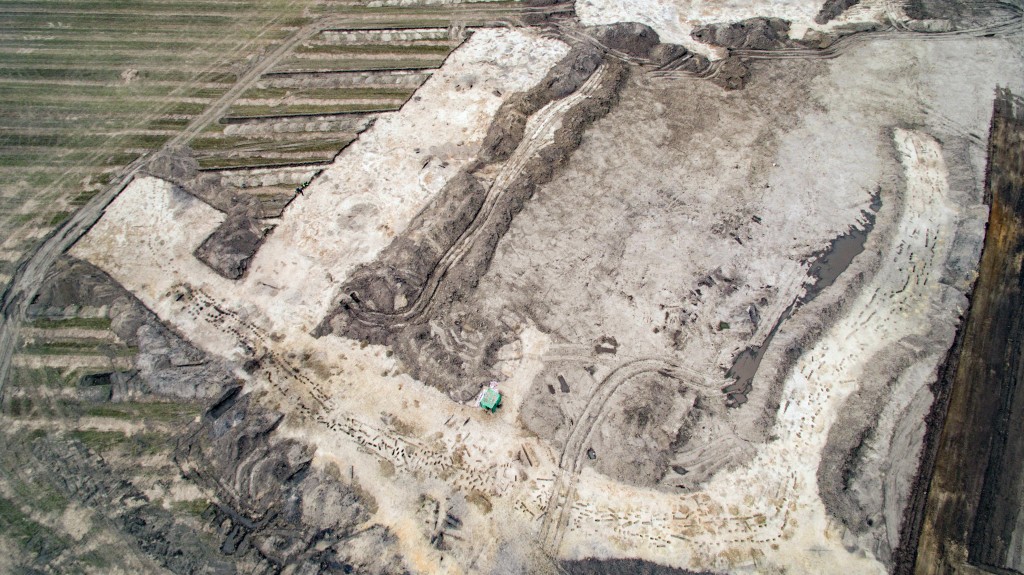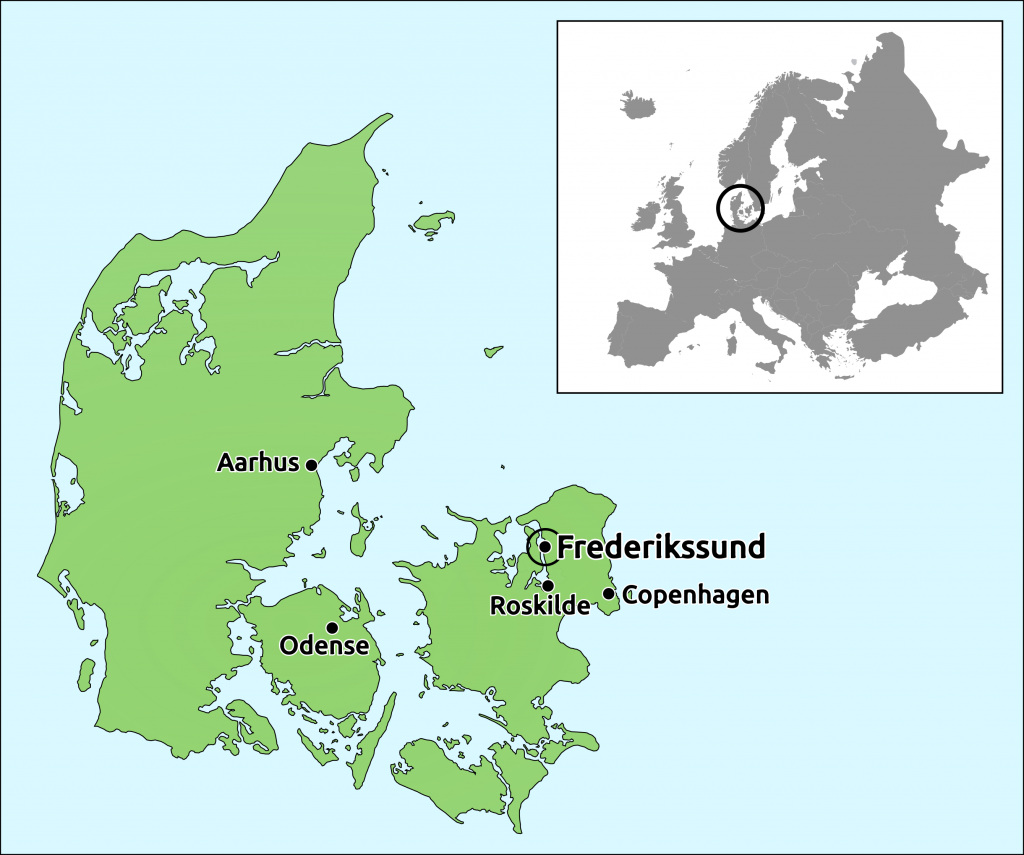New palisaded enclosure excavated in Denmark
In September 2015, construction works for a new road near Frederikssund, Denmark, led to excavations at a newly discovered Neolithic palisaded enclosure. The site is called ‘Torøgelgårdsvej’ (or ‘Toroegelgaardsvej’), meaning ‘the road leading to the Toroegel farm’, and stretches outside the area affected by the new road, so it was only partially surveyed.

Torøgelgårdsvej is not a proper ditched enclosure. Instead, it is a Neolithic palisaded enclosure which, at the time of its construction, consisted of three to four rows of large wooden posts forming an oval-like shape roughly covering 140 x 200(?) m. This type of enclosure with palisades but no ditches is what in southern Scandinavia is referred to as the ‘second generation of Neolithic enclosures’, with a rough dating from 2900 to 2600/2500 BCE. They seem to keep a fairly uniform shape and structure and are apparently restricted to a relatively small geographic area on the eastern islands of Denmark and in southern Sweden. So far the dating of this new enclosure relies on its shape and layout, as well as on the presence of two heavy-butted flint axes in post-holes belonging to the palisade. The research team is hoping to retrieve material suitable for C14 dating to further narrow down its chronology.

Concentrations of several enclosures of this type in a more or less defined area are known. For example, four major ‘second generation’ palisaded enclosures were surveyed around the Swedish city of Malmö a few years ago. The newly excavated structure at Toroegelgaardsvej is the second discovered in the Roskilde Fiord area. The first one, called ‘Kignæsbakken’ and located approximately 7 km away from Toroegelgaardsvej, was partially examined about ten years ago. A concentration of enclosures like the one at Malmö is therefore not out of the question. In a future blog post we will further explore the implications of this discovery.
Archaeological works at both enclosures in the Roskilde Fiord have been carried out by Emil Winther Struve, from the Roskilde Museum (Denmark). Roskilde Museum is part of ROMU, an organization of various types of museums in the greater Roskilde area. ROMU holds responsibility for archaeological investigations in the central and northern part of Zealand, Denmark, including the Roskilde, Lejre and Frederikssund municipalities. Emil Struve was trained in Archaeology at the University of Copenhagen Saxo Institute. We at ‘Enclosures in Neolithic Europe’ project thank Emil and the Roskilde Museum for the information and the photographs provided.
Leave a Reply